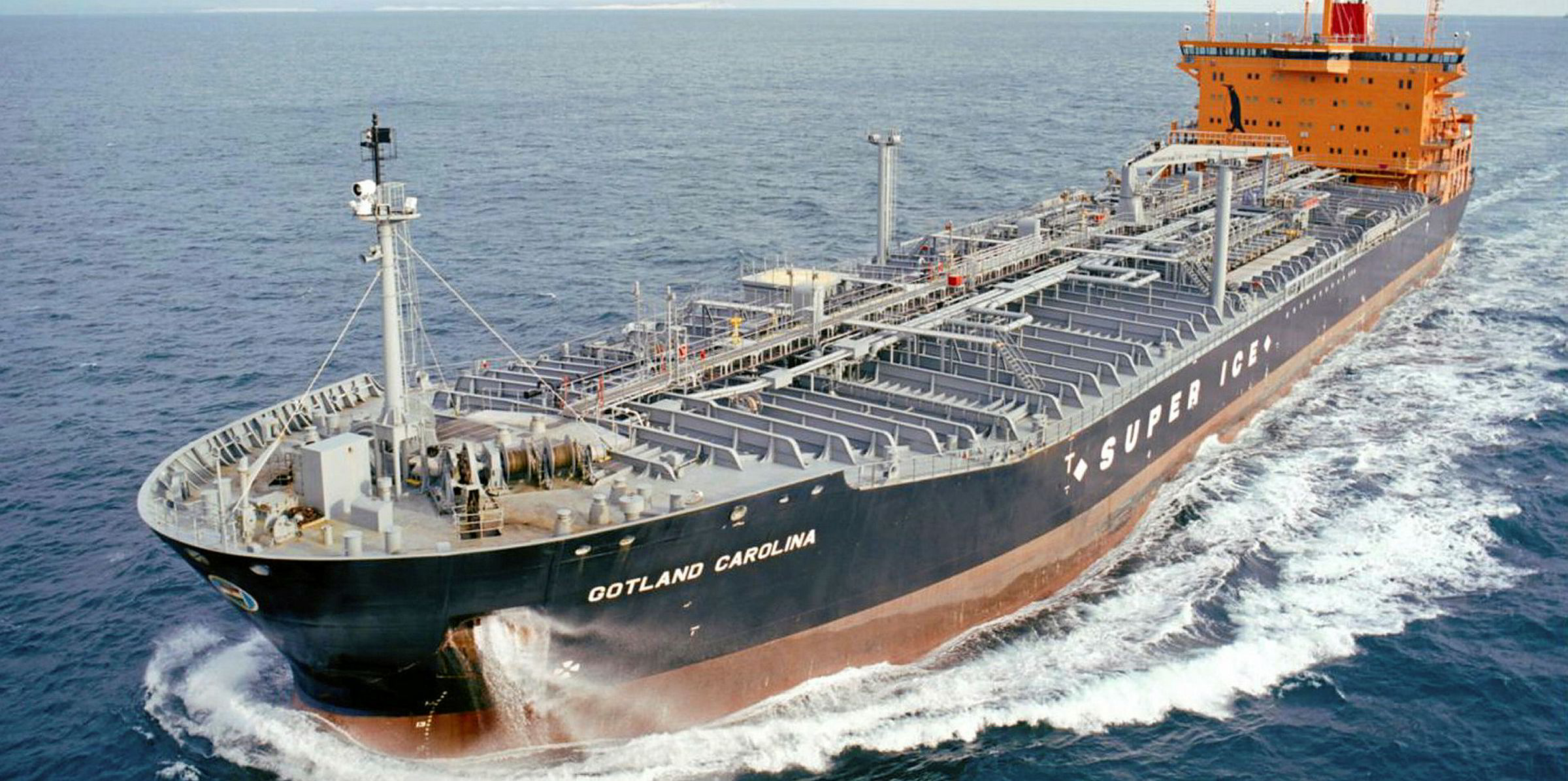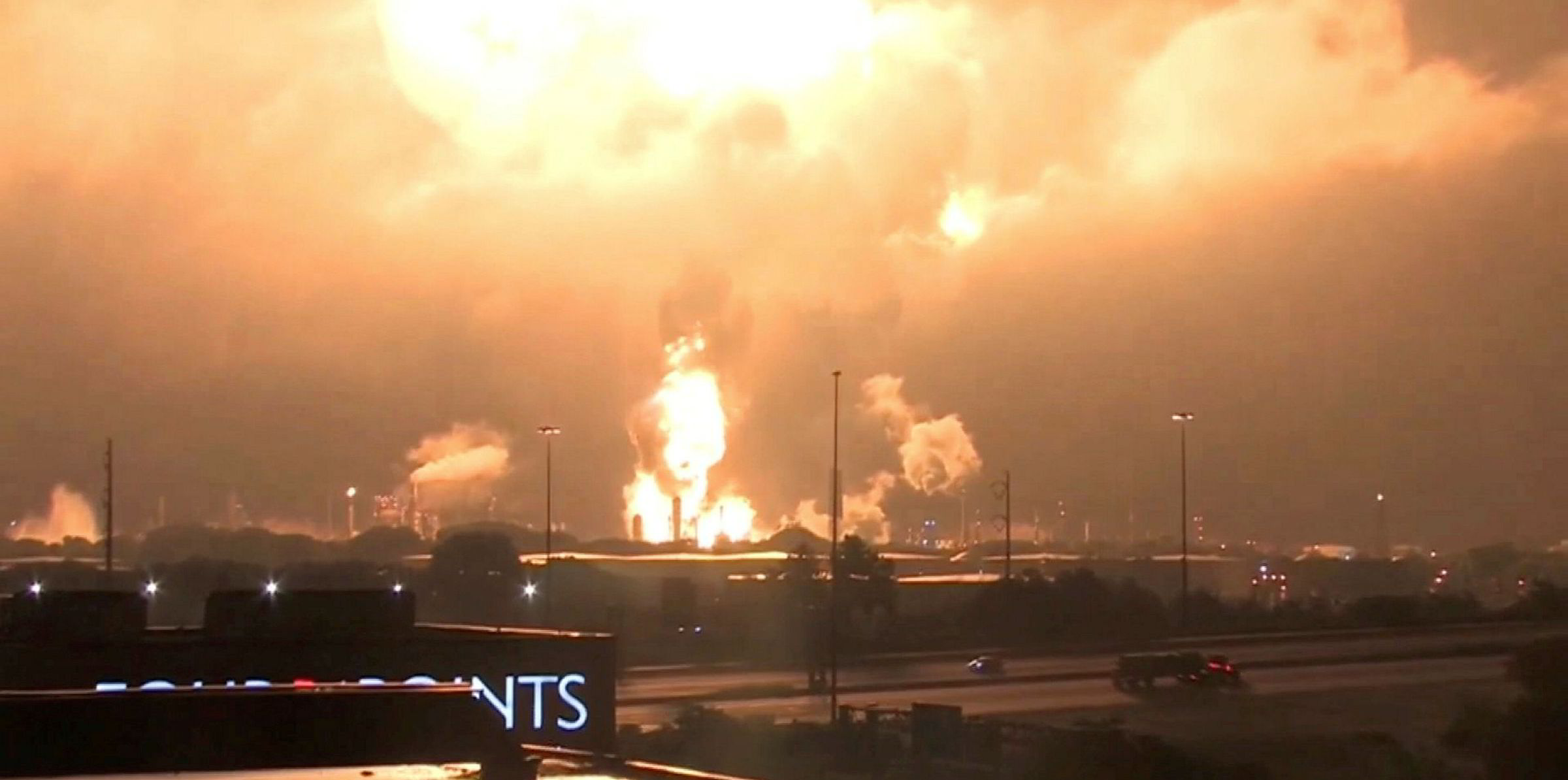The closure of a fire ravaged South Philadelphia refinery in the US will provide a further boost for the products tanker segment, analysts have said.
The refinery, which is expected to close within the next month, is the largest on the US east coast with 335,000 barrel-per-day (bpd) processing capacity accounting for 27% of regional capacity.
“The shutdown of the refinery would likely push domestic gasoline prices higher, effectively making it more attractive to import gasoline from Europe, positively impacting tonne-miles for MR vessels,” said Clarksons Platou Securities.
“With more volumes expected to be moved from Europe, the supply side should tightened, supporting higher rates, we argue.”
Deutsche Bank shipping analyst Amit Mehrotra said the development has sent gasoline prices surging as the market copes with the supply loss ahead of the summer driving season.
“We expect the lost barrels will be offset by increased seaborne imports, a positive development for product tanker owners,” he said in a note to clients.
“The product tanker demand catalyst comes as markets already showed signs of tightening following concentrated spring maintenance schedules and Middle East tensions.”
Based on Alphatanker’s estimates, gasoline supply of up to 194,000 bpd would be lost due to the refinery’s closure.
Data from Poten suggests the US east coast would need to increase imports 30%, primarily seaborne, to offset the refinery loss.
“We expect the US will look to Europe for increased gasoline volumes, a positive for the transatlantic MR trade,” said Mehrotra.
“Interestingly, rising gasoline prices in the US could drive transatlantic arbitrage trading which can serve as a swing factor for tanker markets, driving rates higher.”
According to Stifel, more refined products may be shipped from the US Gulf to the east coast, boding well for the Jones Act market.
“With pipeline capacity close to full, it is certainly possible as has been seen in the past, that Jones Act product tankers could be needed to move refined products,” Stifel said.
Good for MRs, bad for suezmaxes
For the long run, the transatlantic trade would see 19 extra MR shipments per month if the lost gasoline production is fully replaced by imports, according to Alphatanker.
Product tankers remain Deutsche Bank’s “preferred sector” in global shipping markets and this development is said to provide “another leg” to an already attractive story.
“Product tanker spot markets are up nearly 100% year-on-year, and we are encouraged to see the market tighten even before IMO 2020 tailwinds take hold, which we expect will drive significant demand for the industry,” said Mehrotra.
“We continue to forecast a strong second half to 2019 for the product tanker market due to reduced global inventory levels, elevated refinery throughput, and IMO 2020 tailwinds creeping in.”
Other the other hand, analysts have pointed out the closure will be marginally bearish for the crude tanker market.
“We understand that about half of the crude being used by the refinery was imported while the balance was coming in by rail from the Bakken and Canada,” Stifel said.
“Most east coast international crude imports take place on suezmax tankers, but 160,000-bpd less crude imports are unlikely to make a meaningful impact on the 40 million-bpd crude tanker market.”





